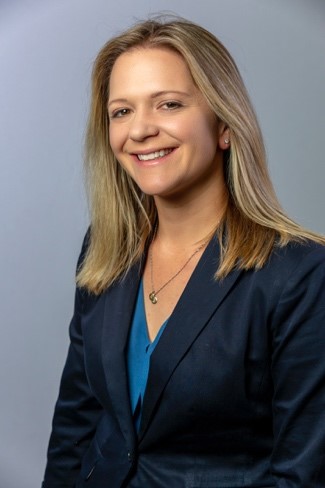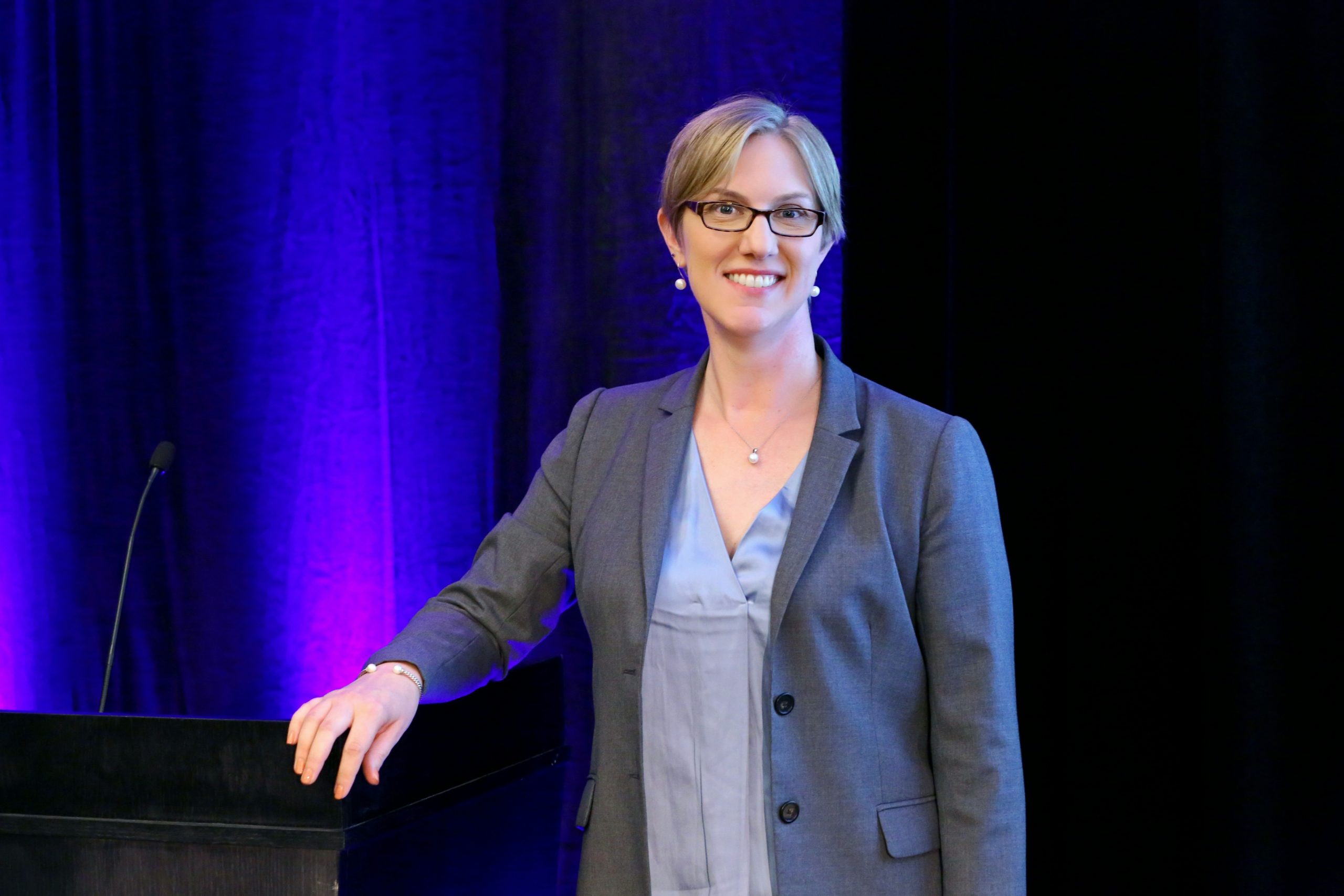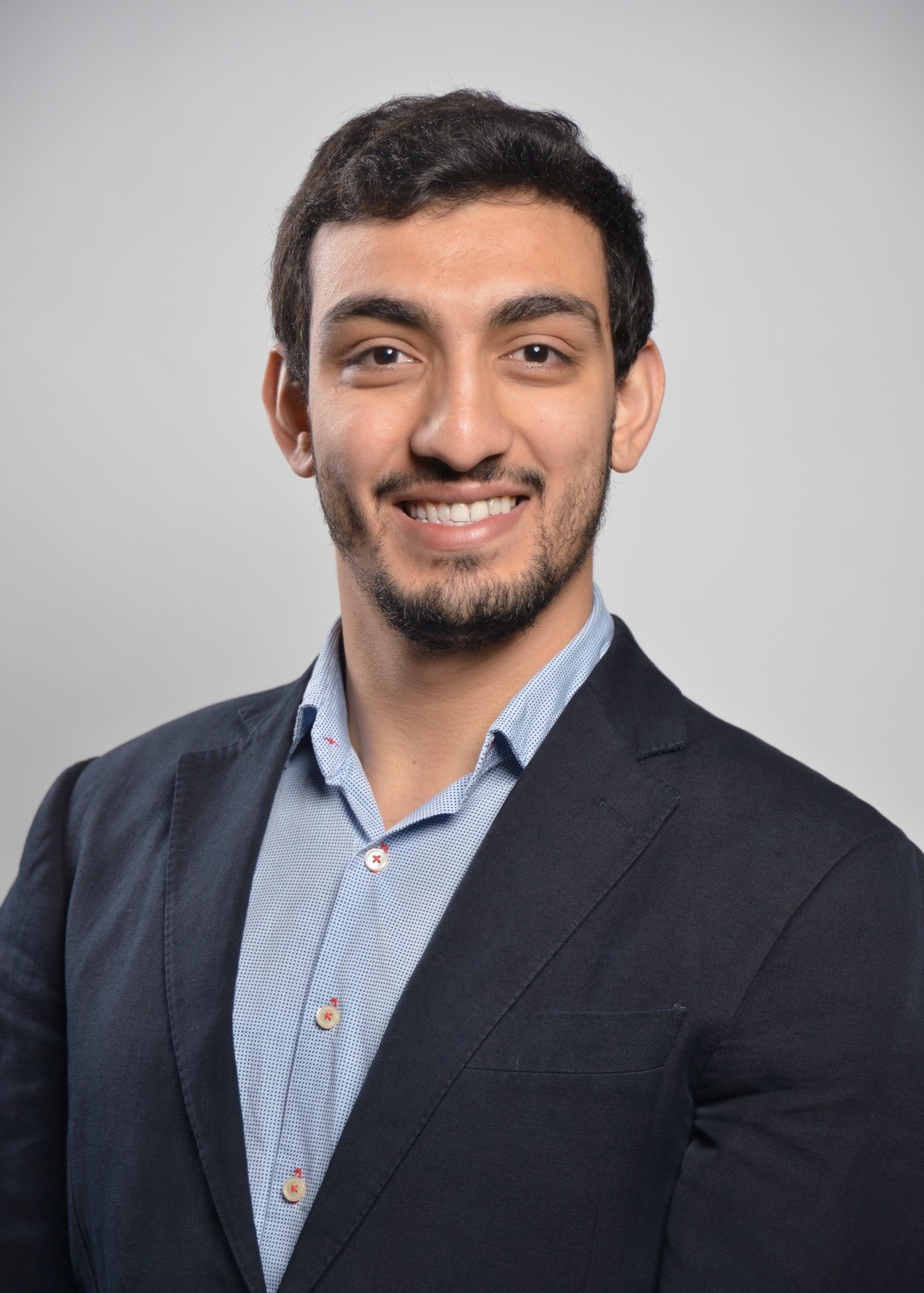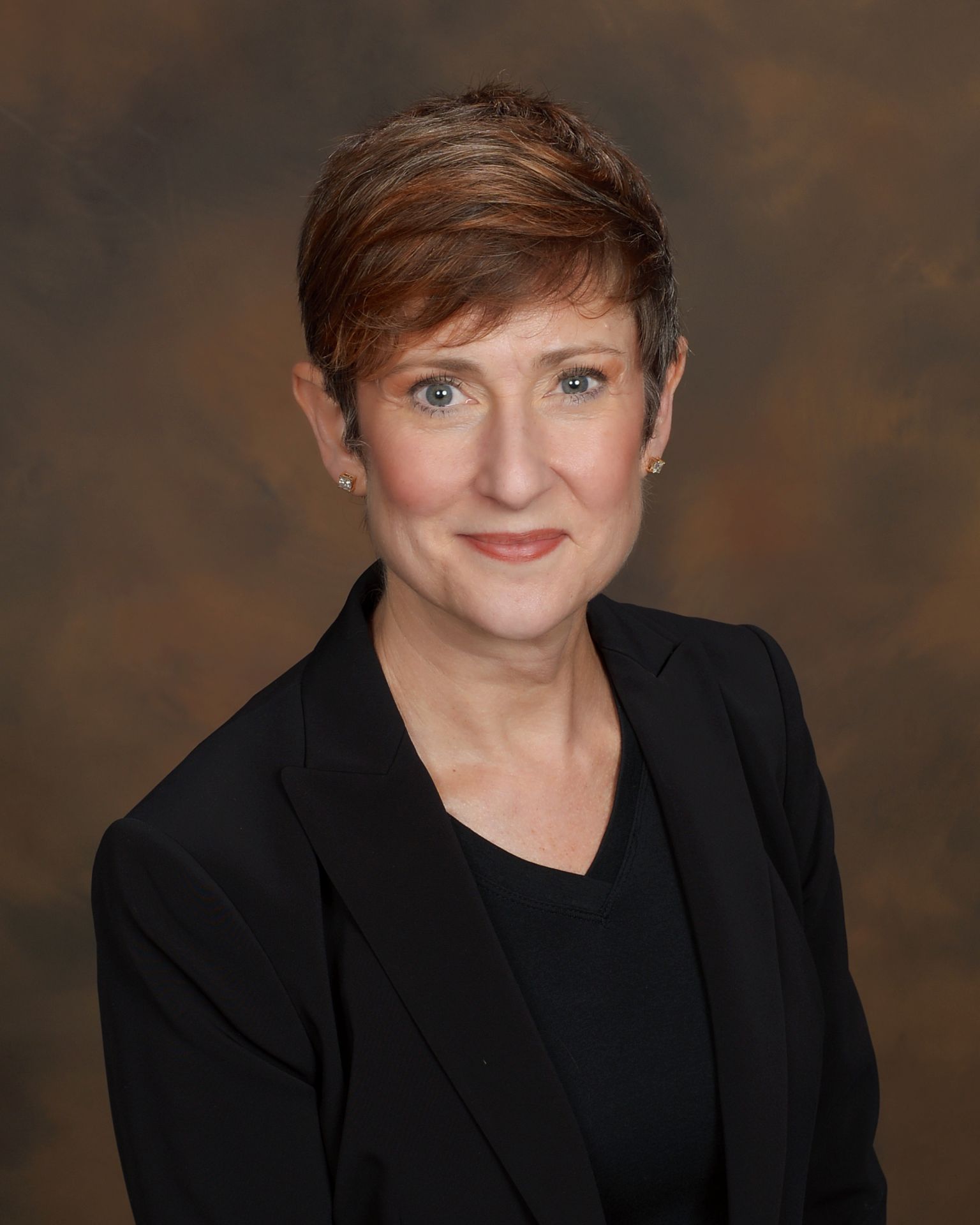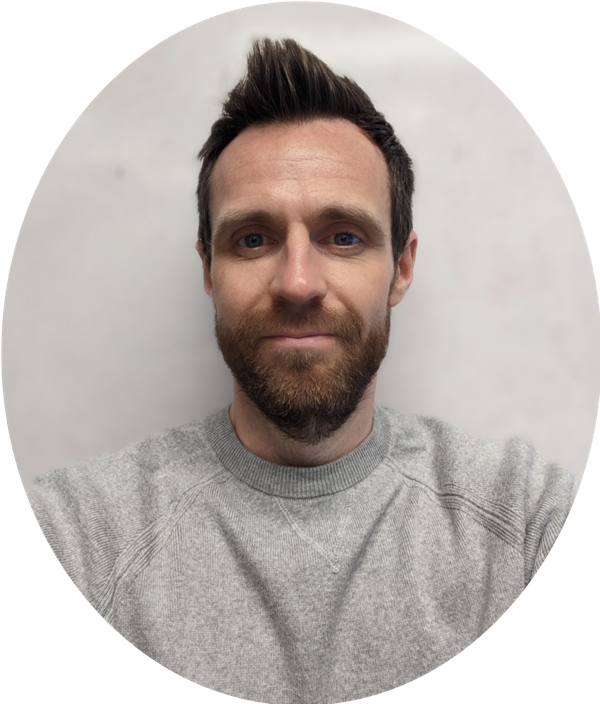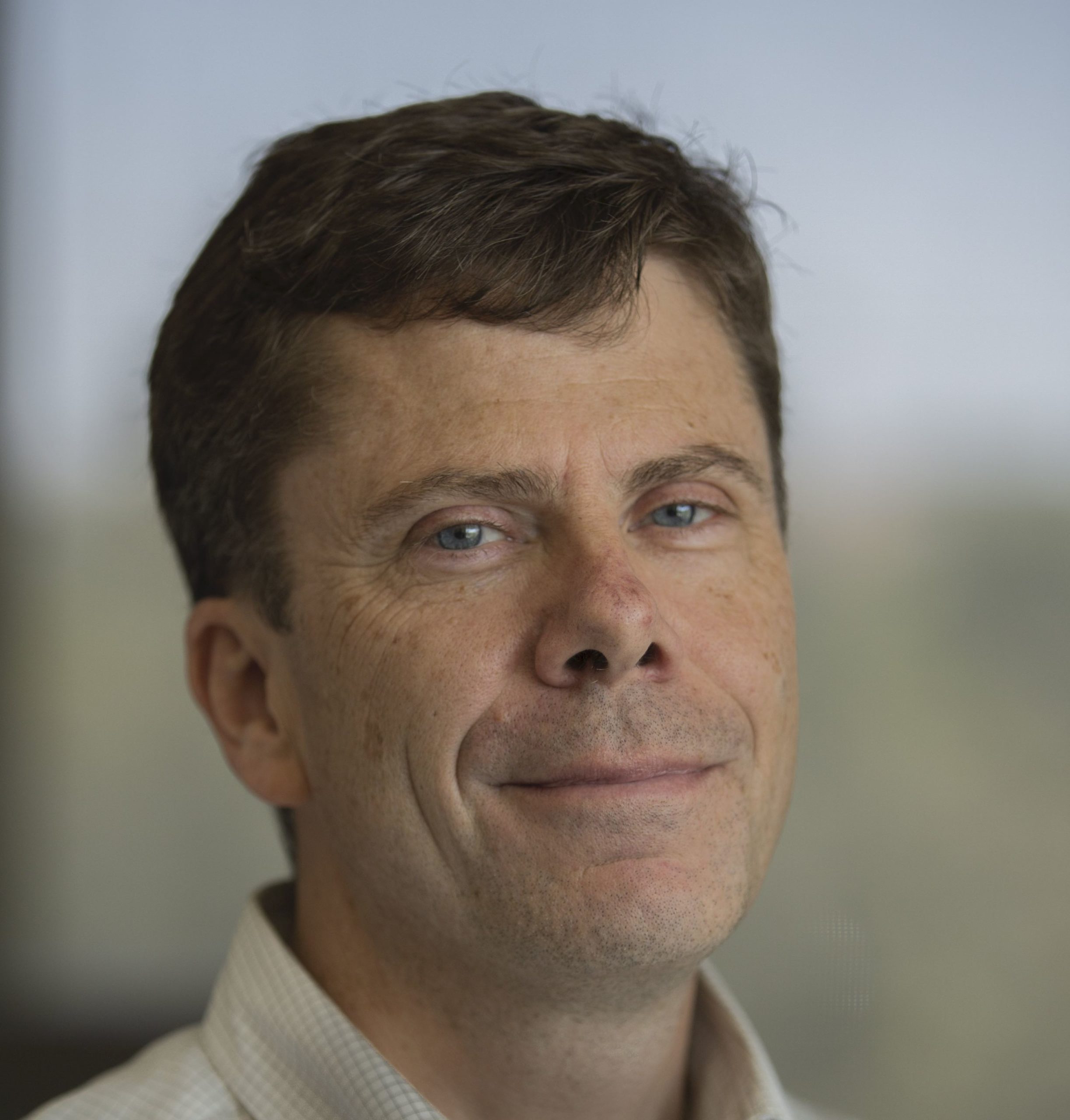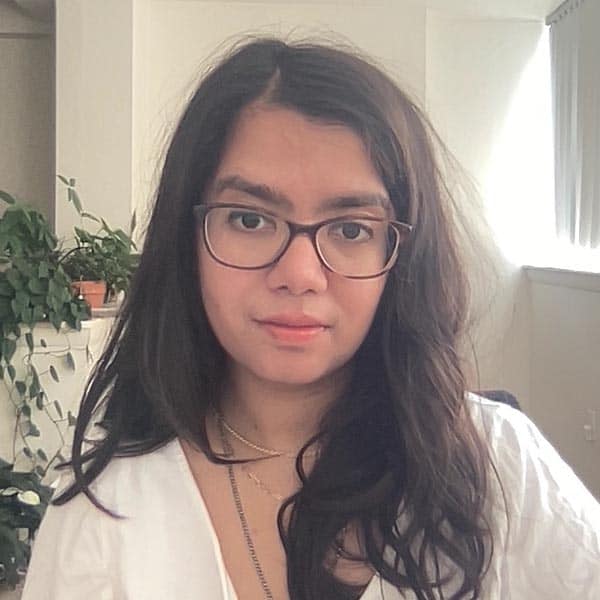Recent inertial confinement fusion experiments at NIF reaching 1.35 MJ and the Lawson criterion for ignition
Via ZoomDR. ANDREA (ANNIE) L. KRITCHER Design lead for HYBRID-E, Integrated hohlraum modeling team lead, Line Group leader in Design Physics Lawrence Livermore National Laboratory B.S. Nuclear Engineering, University of Michigan (2005) M.S. Nuclear Engineering, University of California Berkeley (2007) Ph.D. Nuclear Engineering, University of California Berkeley (2009) The inertial fusion community have been working towards …

